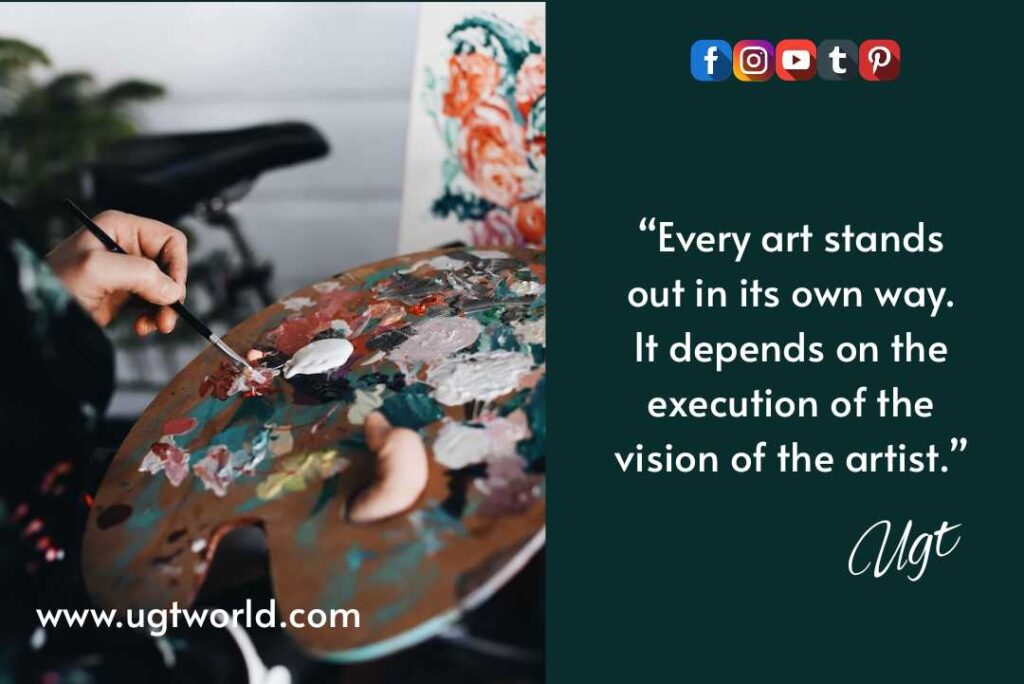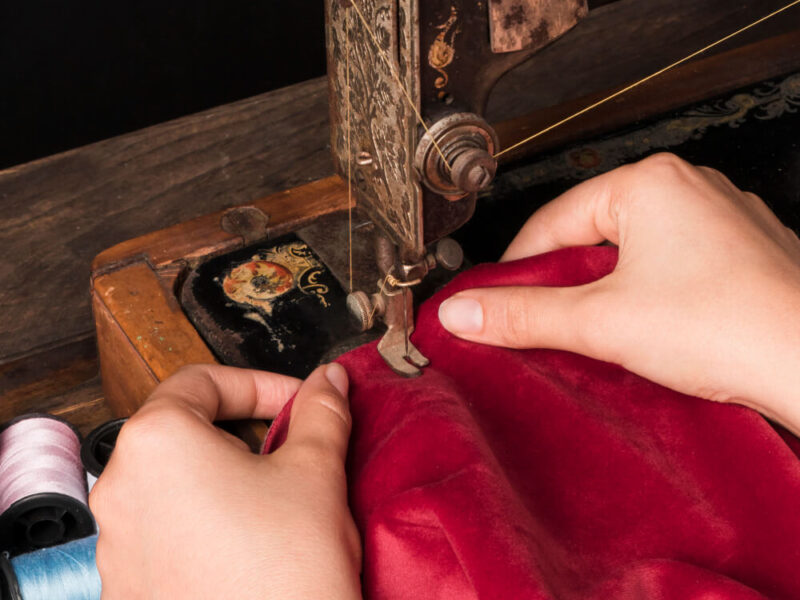Drawing has no limit whether it is in digital form or physical

In the first part, we saw some career opportunities field of Drawing. Now, Let’s go on to the second part that will give us further career upgrades. Drawing has no limit whether it is in digital form or physical. Every art stands out in its own way. It depends on the execution of the vision of the artist. And it is always the artist who knows in and out of that thing because for every artist art is like their baby. So they love their Drawing as much as any fan rather than anyone.
The true artist never worried about choices or opinions they trust their instinct and believe in their drawing in every possible way. Here are some more career opportunities below:
1. Game designer
These creative individuals come up with concepts and design computer or video games. Game designers create storylines, characters, scenarios and game levels. These professionals may work with animators, game developers and producers.
2. Textile designer

Textile designers develop repeat designs by hand illustration or using CAD software. These designs are either printed on, knitted into or woven into the fabric yardage to be used for apparel, curtains or furniture upholstery. They often work on a freelance basis but can be employed by a fabric manufacturer or apparel brand. Textile designers are also responsible for researching and forecasting trends for their product specialty.
3. Art gallery curator

Art gallery curators usually organise exhibitions, build art collections and arrange for the restoration of artefacts. Their job also includes identifying and recording items, responding to enquiries and organising loans. A curator typically decides which works of art to display to the public.
4. Exhibition manager
It is a person who manages galleries, and exhibitions with artists and interested buyers. They organise the complete exhibition. You can opt for these BFA career options.
5. Art dealer
More than artistic values this career choice requires network building and business values with an understanding of arts. Art dealers are supposed to stay up to trends and understand the needs of the client and acquire similar kinds of work from artists, painters, and sculptors that can be easily sold. Art dealers’ work involves the buying and selling of art pieces. These can be lucrative bfa jobs.
6. Art Critic

Art Criticism is the discussion or evaluation of visual art. Art critics usually criticize art in the context of aesthetics or the theory of beauty. An art critic is a person who is specialized in analyzing, interpreting and evaluating art. Their written critiques or reviews contribute to art criticism and they are published in newspapers, magazines, books, exhibition brochures and catalogues and on web sites.
Art critics unction as reporters in their filed. They write articles in which they interpret and analyze the meaning and quality of an artist’s work. This career is usually open only to those who have years of experience teaching art or art history or in working with museums and art galleries; some art critics may also have journalism experience. A graduate degree in art, art history or a related area is typical of most art critics.
7. Art therapist

Art therapists help improve a person’s well-being through tools like painting and drawing. They help patients express their feelings through art. These professionals also plan and create individual treatment plans that incorporate art therapy to help patients meet their goals.
8. Art associate
An art associate’s main role is to promote the on-board art programme, generate interest and awareness among guests and assist the art auctioneer and crew. They also conduct sales and set up gallery and auction displays. These professionals may work for art dealers and auction houses.
9. Illustrator

An illustrator creates drawings for advertisements, books, magazines and any other business that requests an illustrated design. They develop these designs to be used for web advertising, logos and children’s book images as well as drawings to be included in reports, print media, store displays, billboards and commercials. Illustrators can be employed by a business entity or a contract agency or they can be self-employed freelancers.
10. Technical illustrator
Technical illustrators create the sketches, images and infographics that appear in textbooks, user manuals and other technical publications. They use descriptions of a product, idea or technique to develop an image to provide visual support. They hand illustrate a product, step-by-step directions or any graphic that helps clarify the text for the reader. The technical illustrator can use CAD software to create a rendering or a graphic design instead of a hand drawing if suitable for the project. They also create charts and graphs to show the written data in a visual format.
11. Interior designer

Interior designers create beautiful and functional indoor spaces in homes, businesses and public buildings. They can work on new developments or existing buildings. They begin their creative process by hand-sketching room layouts and desired furnishings.
A large project may involve custom-designed furniture, which the interior designer is responsible for executing by partnering with custom manufacturing companies. They listen to the client’s needs to design appropriate furniture and fixtures for the room based on the desired end-use. The interior designer presents their initial design ideas to the client by using a hand drawing or computer rendering to show the layout and aesthetic of the room.
12. Architect

The role of an architect includes developing concepts for structures, turning them into plans and eventually overseeing the building process. They may design homes, office buildings and other structures. Architects are professionals in the art and science of building design.
13. Architectural drafter
Architectural drafters prepare detailed drawings of the building and floor plans following the specifications given by the lead architect and client. They use CAD programs or hand drafting to produce scale drawings of the building’s design. The architectural drafter may also plan interior room arrangements based on size and engineering requirements.
14. Industrial designer

Industrial designers develop the appearance of cars, toys, appliances and many other consumer products. They are responsible for combining art, engineering and business to make a great product. The industrial designer creates functional, user-friendly products and works to make them visually appealing to consumers. They use creativity to ensure the product reaches its maximum potential and to solve issues as they arise throughout the design process.
15. Advertising designer
Advertising designers use illustration, calligraphy, photography and graphic design to create a visually-compelling image to use for an advertisement in digital and print publications. They sketch an initial concept based on the marketing strategy and expertise provided by the public relations team.

The designer then uses their chosen art form—typically hand illustration or computer rendering—to develop several layouts to present to their client or marketing team before a final design is approved. Then they perfect the final design.
16. Make-up artist
Make-up artists are beauty professionals that specialise in either general make-up or prosthetic design. Their main responsibility includes applying make-up to enhance facial aesthetics. They also design custom looks for clients and work with actors on production.
17. Design director
Design directors develop design plans, oversee and guide the design team and projects and communicate with clients. They lead creative sessions to come up with ideas. These professionals also establish design strategies to meet a client’s requirements and supervise the creative team to achieve the set goals. Design directors also come up with and innovative design methods.
18. Art director

The art director is an upper-level executive responsible for inspiring and guiding the design team’s vision by mentoring and overseeing the artwork of the designers. These professionals use strong drawing skills to illustrate the overarching theme and layout of a magazine, advertisement, clothing brand or another medium.
Their team is then responsible for creating individual designs and graphics that are cohesive to the overall theme. Throughout the design process, the art director reviews and approves the artwork. They must be able to give feedback or add their own illustrative touches to show the team what is required in the design.
I hope you got some more material to discover in this field of drawing. Do not forget the goal you have set for yourself and there is nothing bad to challenge you in life. Check out what is better for you and then go from there towards your aims way. Happy learning, Bon voyage!
Write with us✍?
Greetings to Everyone from TeamUgtWorld! Anybody who wants to write whatever his/her Heart wants to. They can now publish their content with us on our platform @Ugtworld. For more information click on the following link…


